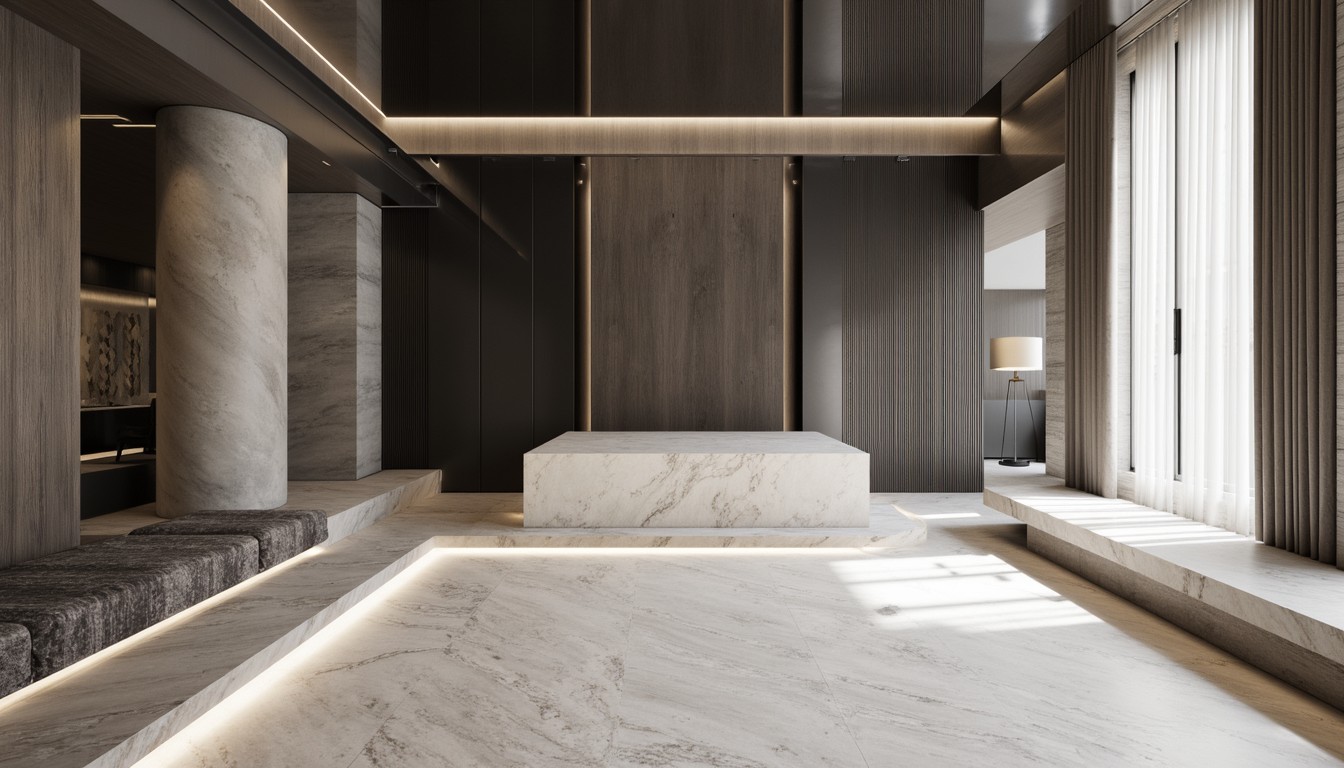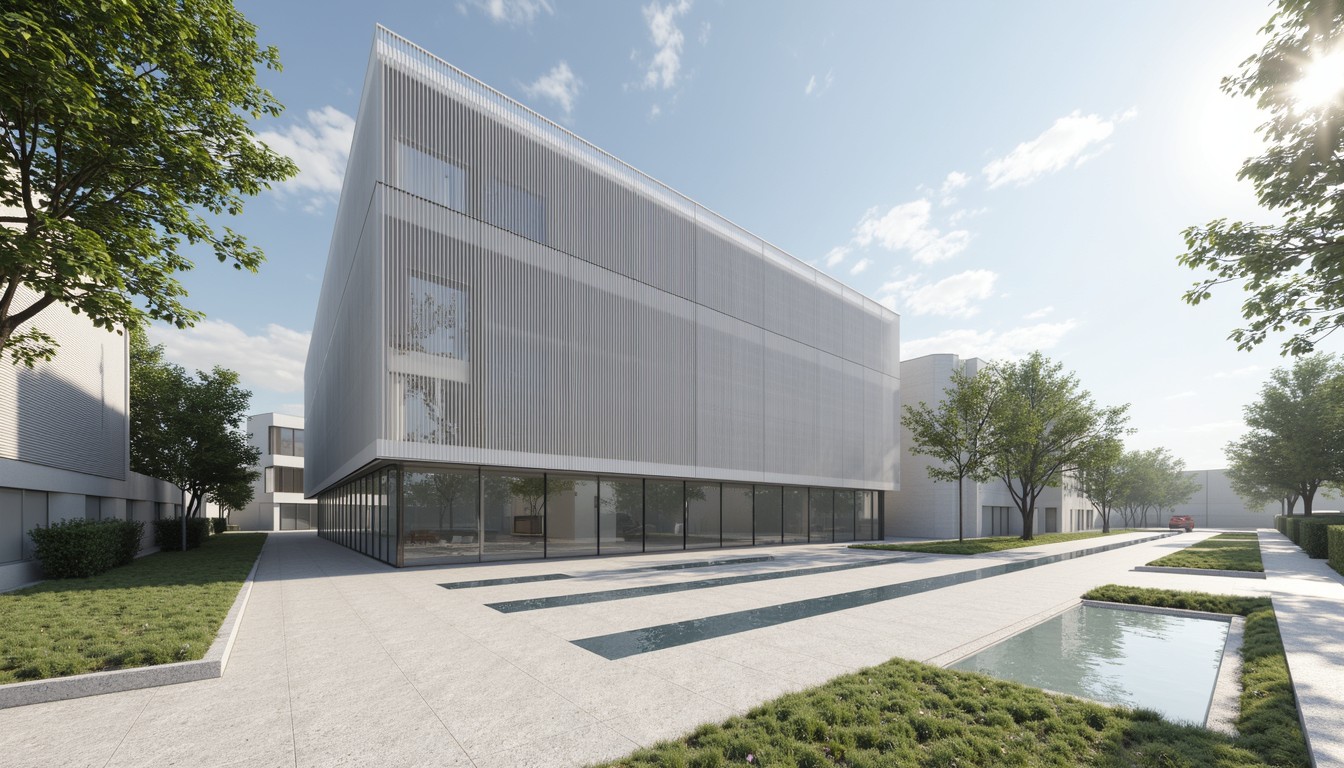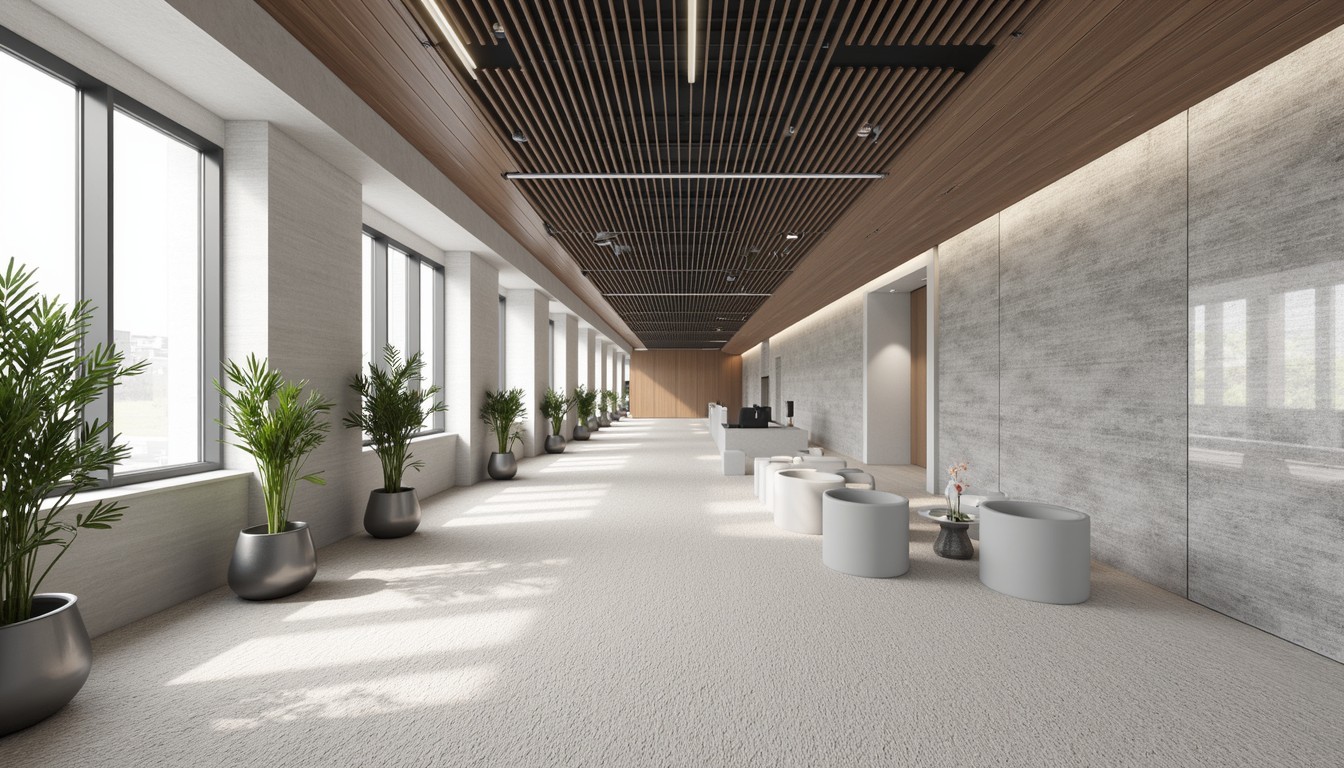VR in Architecture: Designing Tomorrow's Spaces
The architectural landscape is undergoing a significant transformation, driven by technological advancements that are redefining how we design, visualize, and experience built environments. At the forefront of this revolution is Virtual Reality (VR), offering architects and designers unprecedented opportunities to create and interact with their designs in entirely new ways. ArchNav, a leader in architectural visualization, is leveraging the power of VR to deliver unparalleled experiences and reshape the future of design.
Immersive Design Experiences: Beyond Static Renderings

Traditional architectural presentations, relying on static renderings and 2D blueprints, often fail to fully capture the essence of a design. They struggle to convey the spatial relationships, the play of light and shadow, and the overall feeling of inhabiting a space. VR overcomes these limitations by providing an immersive, interactive experience. Architects can now 'walk through' their designs, explore every detail, and experience the space as if it were already built.
This immersive experience is invaluable for identifying potential design flaws early in the process. Issues with spatial flow, awkward sightlines, or inadequate natural light become immediately apparent, allowing for timely adjustments and refinements. This iterative design process, facilitated by VR, leads to more efficient workflows and ultimately, better-designed buildings.
Enhanced Client Collaboration and Communication
Client involvement is crucial in the architectural design process. However, conveying complex design ideas to clients who lack architectural expertise can be challenging. VR bridges this communication gap. Clients can don a VR headset and experience the design firsthand, providing immediate feedback and contributing actively to the creative process.
This collaborative approach fosters a stronger client-architect relationship, built on mutual understanding and shared vision. VR allows for more informed decision-making, reducing the risk of costly revisions later in the project. The ability to virtually 'walk' through the space with the client significantly improves the overall design satisfaction and minimizes potential misunderstandings.
Optimizing Design and Functionality with VR

Beyond visualization, VR offers powerful tools for design optimization. Architects can experiment with different design iterations quickly and easily, testing various layouts, materials, and lighting schemes without incurring the costs and time associated with physical mock-ups. This allows for a more efficient and cost-effective design process.
For example, VR can be used to simulate the impact of natural light throughout the day, helping architects optimize window placement and shading strategies for maximum energy efficiency. Similarly, it can be used to test the acoustics of a space, ensuring optimal sound quality for different purposes. These capabilities contribute to the creation of sustainable, functional, and aesthetically pleasing buildings.
Real-World Applications of VR in Architecture
The applications of VR in architecture are vast and constantly evolving. Here are some notable examples:
- Residential Design: VR allows clients to experience their future homes before construction, making informed decisions about layouts, finishes, and fixtures.
- Commercial Spaces: Architects can use VR to design efficient and engaging retail spaces, offices, or hospitality environments, optimizing functionality and customer experience.
- Urban Planning: VR can be used to visualize and simulate urban development projects, allowing stakeholders to assess the impact of new buildings on the surrounding environment and community.
- Heritage Preservation: VR can create immersive experiences that allow people to explore historical sites and buildings virtually, promoting cultural preservation and education.
- Interior Design: VR helps visualize the complete interior design, including furniture placement and material selection, allowing clients to experience the finished space before it's built.
The Future of VR in Architectural Design

As VR technology continues to advance, its role in architectural design will only become more significant. We can expect to see even more realistic and immersive experiences, with improved interaction capabilities and greater integration with other design software. The use of haptic feedback and other sensory technologies will further enhance the realism and engagement of VR design reviews.
ArchNav: Your Partner in VR Architectural Visualization
ArchNav is at the forefront of this exciting technological evolution. We leverage the power of VR to provide our clients with cutting-edge architectural visualization services. Our team of experienced professionals combines artistic vision with technological expertise to deliver immersive experiences that transform the way you design and present your projects. We are committed to pushing the boundaries of architectural visualization, using the latest technology to create stunning visuals and enhance the design process. Contact us today to discover how ArchNav can help you design tomorrow's spaces.
